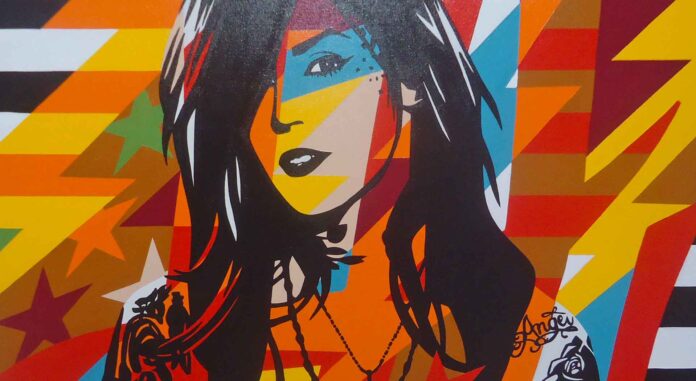When creating custom art, choosing the right colors is essential. The colors we use can evoke various emotions and convey different meanings. To make significant and impactful art, one must understand the psychology of colors and how they can resonate with viewers.
This article will explore the different aspects of color selection in custom art, from the psychology of colors to personal preferences and the science behind color combinations. We will also provide practical tips on implementing and maintaining a personalized palette in your artistic endeavors.
Understanding the Psychology of Colors
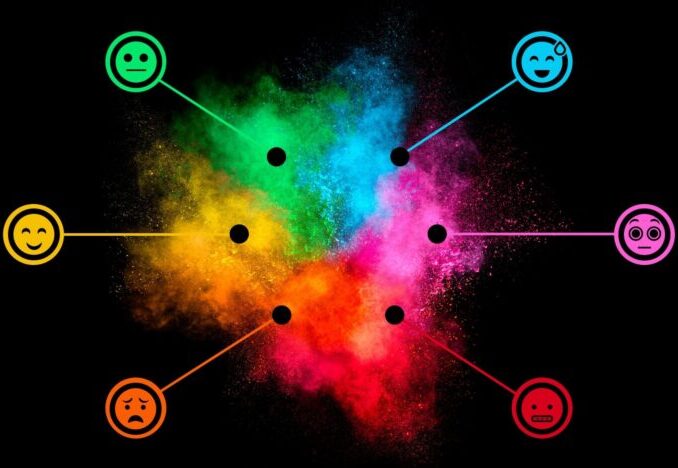
They profoundly affect our emotions and can influence our perception of art. The emotional impact of colors varies depending on the hues and saturation levels used. For example, warm tones like red and orange tend to evoke feelings of passion and energy, while cool hues like blue and green often create a sense of calm and tranquility.
When it comes to the psychology of colors, it is essential to consider the individual colors and how they interact with one another. Complementary colors, opposite each other on the color wheel, can create a vibrant and dynamic visual experience.
On the other hand, analogous ones, which are adjacent to each other on the color wheel, can produce a harmonious and soothing effect.
Furthermore, different hues can have cultural associations and symbolism. For instance, in Western cultures, white often represents purity and innocence. In contrast, in some Eastern cultures, it is associated with mourning.
Similarly, in many cultures, red is often associated with love and passion, but it can also symbolize danger or warning.
Influence of the Color Association
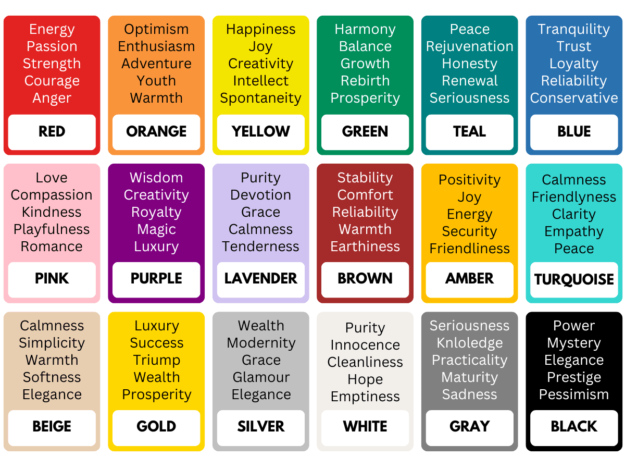
Understanding these color associations can help artists communicate their intended messages more effectively. By carefully selecting and combining colors, artists can evoke specific emotions and convey deeper meanings in their artwork.
For example, a painting predominantly using warm tones like red and orange can create a sense of excitement and intensity. In contrast, a painting primarily featuring cool colors like blue and green can evoke a feeling of serenity and tranquility.
In addition to their emotional impact, they can influence our physiological and psychological responses. Research has shown that exposure to specific colors can affect our heart rate, blood pressure, and appetite.
For example, red has been found to increase heart rate and stimulate appetite, which is why it is often used in advertising for food products.
Moreover, they can also have personal and cultural associations shaped by our experiences and societal norms. For instance, someone who grew up near the ocean may have a deep emotional connection to the color blue, associating it with feelings of relaxation and nostalgia. Similarly, specific colors may hold religious or spiritual significance in different cultures.
The Role of Personal Preference in Color Selection
While the psychology of colors provides valuable insights, personal preference also plays a crucial role in color selection for custom art. Each individual has unique experiences and associations with different colors, making certain hues more appealing.
To identify your color preferences, take some time to reflect on the colors that resonate with you the most. Consider the emotions and memories that these evoke. By understanding your personal color preferences, you can infuse your art with a sense of authenticity and emotional connection.
In addition to personal experiences, cultural backgrounds, and societal influences can also shape our color preferences. For example, when opting for a custom oil painting portrait, picking hues that resonate with you profoundly is crucial.
By doing so, not only will the artwork hold personal significance, but it’ll also perfectly reflect your unique taste and sentiments.
With platforms that excels in creating bespoke portrait art, you can blend your color preferences into a masterpiece, ensuring your piece is emotionally evocative and tailored to your aesthetic leanings.
The Science Behind Color Combinations
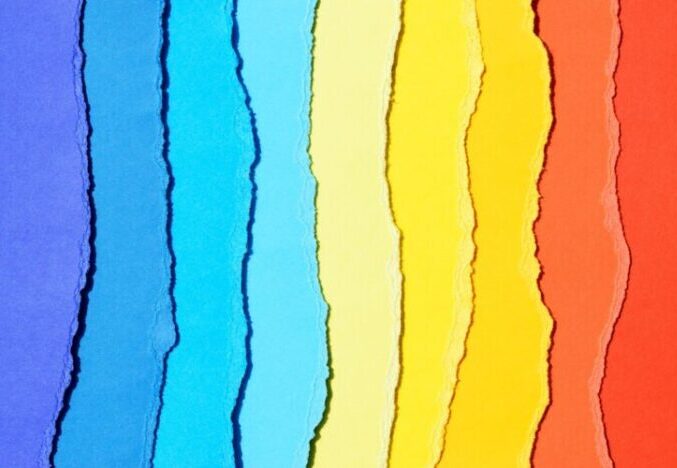
Creating visually harmonious color combinations requires understanding the color wheel and color theory. The color wheel consists of primary, secondary, and tertiary colors, which can be combined to create diverse palettes.
Complementary colors, located opposite each other on the color wheel, create vibrant and eye-catching combinations. Analogous colors, found next to each other, create a harmonious and soothing effect.
Light also plays a crucial role in color perception. Light intensity can influence how colors appear, altering their hue and saturation. Experimenting with different lighting conditions can help you achieve the desired effect in your art.
Implementing Your Personalized Palette in Art
Once you have identified your personalized palette of colors, it’s time to implement them in your artwork. Mixing custom colors requires some experimentation and practice. Start by familiarizing yourself with color theory and color mixing techniques. Gradually, you will develop the skills to achieve the shades and tones you envision.
Balancing your colors for visual impact when using your personalized palette is essential. Consider the mood and message you want to convey, and use your colors strategically to achieve the desired effect. Experiment with different combinations and placements to create a dynamic and engaging composition.
Maintaining Consistency in Your Artistic Palette
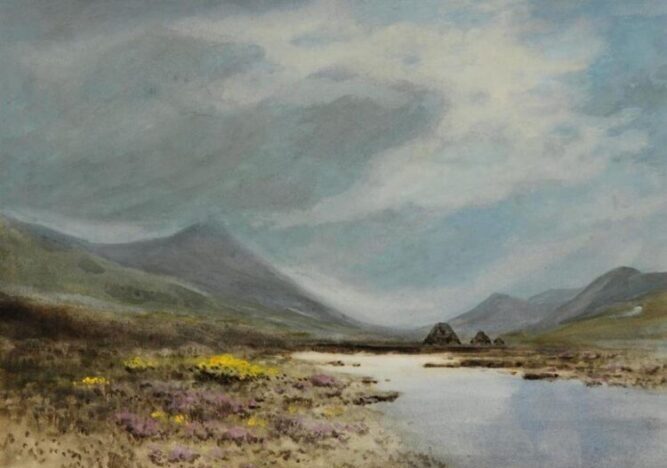
Consistency in color usage is crucial in establishing a cohesive and recognizable artistic style. Maintaining consistency across different artworks is essential when using a personalized palette. This consistency helps create a signature look that sets your art apart.
To stay true to your palette, pay attention to color proportions and use them consistently throughout your compositions. Be mindful of how different colors interact with each other and use them purposefully to maintain visual harmony. Consistency in color usage will enhance the overall cohesiveness of your art, making it instantly recognizable to your audience.
Final Words
Choosing colors for custom art requires delving deep into color psychology, embracing personal preferences, and crafting a tailored palette masterfully. Beyond just aesthetics, the strategic interplay of hues can evoke profound emotions and communicate private and universal messages.
Remember, the beauty of art is in its infinite capacity to resonate in myriad ways. As you experiment and explore, let Memorialize Art assist you in translating your unique palette into a masterpiece that truly embodies your essence and speaks volumes to all who encounter it.

